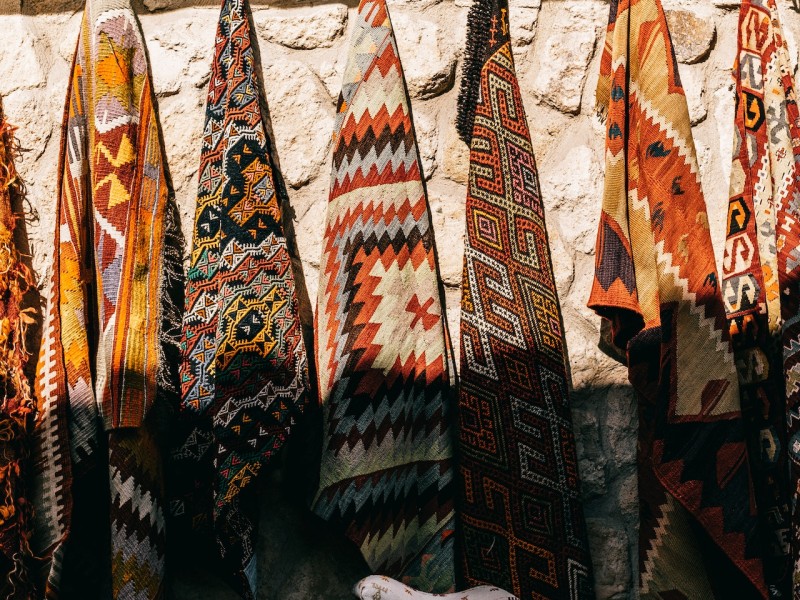A Look into the Timeless Art of Rug Weaving
Rug weaving has been an essential part of human culture for centuries. This ancient craft has a rich history, with traditional rug weaving techniques that have been passed down through generations. The skill and creativity involved in this art form have resulted in some of the most exquisite rugs in the world.
One of the most significant aspects of traditional rug weaving is the use of natural fibers such as wool, cotton, and silk. These fibers are carefully selected and prepared, and then woven by skilled artisans to create intricate designs and patterns that reflect the culture and history of the region.
Another essential aspect of traditional rug weaving is the use of time-honored techniques that have been perfected over centuries. These techniques require a great deal of skill and patience, and involve the use of hand tools such as a loom, shuttle, and comb. The result is a rug that is not only beautiful but also durable and long-lasting.
Rug weaving has been a vital part of many cultures, from Persia to Turkey to China. Each region has its unique style and techniques, resulting in a wide variety of rug designs and patterns. By understanding the history and significance of these traditional rug weaving techniques, we can gain a greater appreciation for the beauty and artistry of these timeless creations.
At Domimex, we take great pride in our collection of antique Oriental rugs, many of which were hand-woven using these traditional techniques. By preserving and showcasing these rugs, we hope to honor the skill and creativity of the artisans who created them, and to share their beauty and history with our customers.

